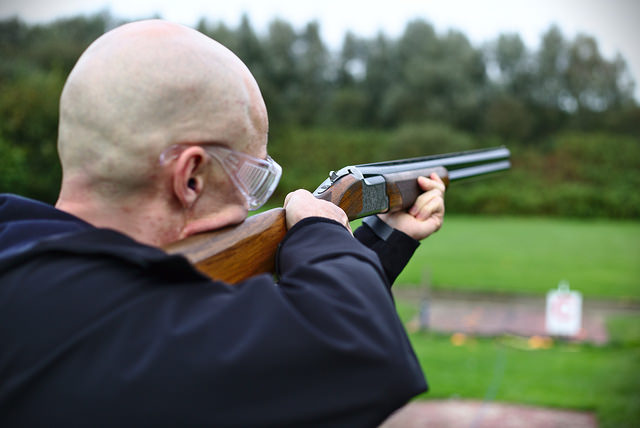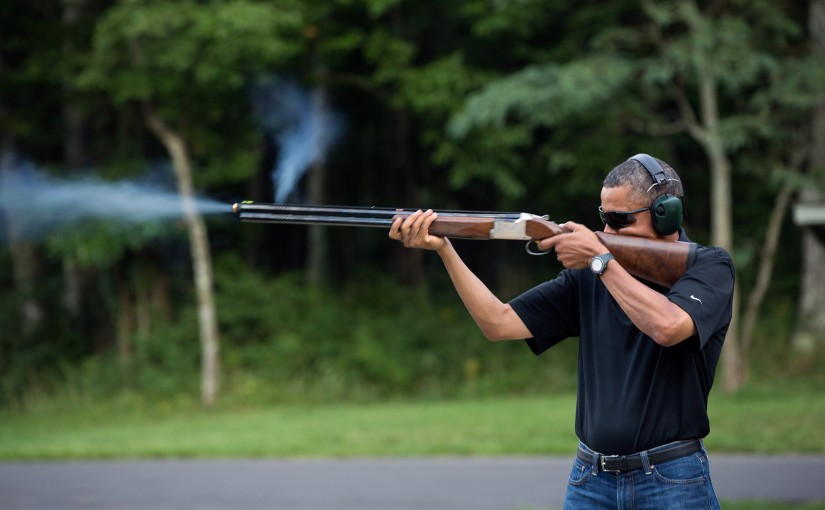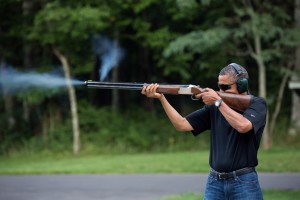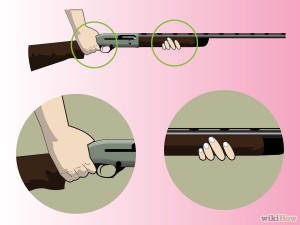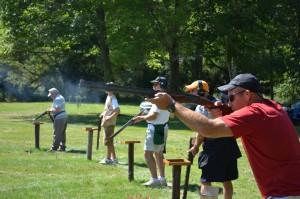If you’re interested in learning about using a shotgun, A great way to begin shooting is with a beginners course or some assisted training from an instructor. Our resident shooting journalist Hazel Randall tried out one such course, heading out for some instruction from Alan Evans of Fair Clay Targets.
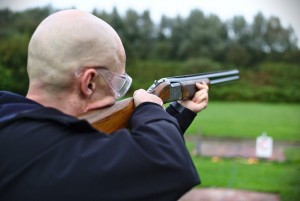
I arrived at my destination with a hammering heart and a sense of dread. My life-long fear of guns – including toy ones, which, pointed at my body, can induce in me a shameful hysteria – was kicking against the whole idea. As I shook hands with Alan Evans, of Fair Clay Targets, I put on what I hoped was a brave face.
Alan was just as I expected him to be – tall, friendly, and relaxed. My nerves subsided a little. He led me to a wooden table, where a double-barrelled, over-&-under 12-bore shotgun lay open. Alan showed me that there was no cartridge in the opened barrel. He put one into the chamber, and then he took it out again.
Having established that there was no ammunition in the gun, and that death was not imminent, Alan closed the barrel and got me to hold the gun. He showed me how to tuck the stock (I’d always called it the ‘handle’) into my right armpit, support the fore-end with my left hand, and push the lever with my right thumb to open the barrel. I then closed the barrel. I did this a few times, growing a little more comfortable.
Holding the gun
The next step was to learn how to hold the gun. I was shown how to push the butt into my right shoulder, supporting the fore-end with my left hand. Throughout the session, I made the mistake of positioning my hand too far forward, restricting the movement of the barrel when aiming. With right hand on the grip, forefinger on the trigger, and cheek nestled into position directly over my left foot, I stood side-on to my ‘target’ (Alan’s right eye). Cross-eyed and a little shaky, I tried to position the tiny white sight at the end of the barrel over my target. I was glad when that bit was over.
My heart rate rose again when we went over to the cage from which I was to shoot. Immediately in front of it, a rope ran the width of the field. I was told to stay behind the rope. Alan operated the trap from where we stood, pulling a couple of clays so that I knew what to expect. These clays, flying onto a background of trees, were bright orange, showing up well against the dark backdrop. The trap from the other end of the field fired black clays towards us; these were easily seen against the sky. Alan told me that the clays were biodegradable, and the debris was left where it fell, to decompose within a couple of weeks. I thought that was pretty marvellous. Alan gave me some ear protection to put on. It was time to shoot.
I opened the barrel, and Alan slipped a 24-gram shot cartridge into one of the chambers. Now the adrenalin was racing through my body. That first shot (which missed, obviously!) thrust the butt into my shoulder, and the bang filled my head. It was exhilarating. I liked the smell of the sizzling fumes that curled out of the chamber after the remains of the cartridge had popped out.
Following the clay
I found it difficult to follow the clays with my eyes and the barrel simultaneously, often holding the gun in a fixed position while my gaze wandered over the sky. Because my face was not hugged firmly into the barrel, my head tended to jerk backwards, throwing me off balance and the gun off target.
Thanks to Alan’s patience and expertise, my first experience of using a gun was an enjoyable one. The session ended with a strong, sweet cup of coffee and a biscuit, and the day ended with an almighty headache!
For more details of other approved courses nationwide, head to the BASC website. And check out our range of shotguns for sale, including pump action shotguns, and shotgun accessories like ear defenders, and delivery across the UK.

